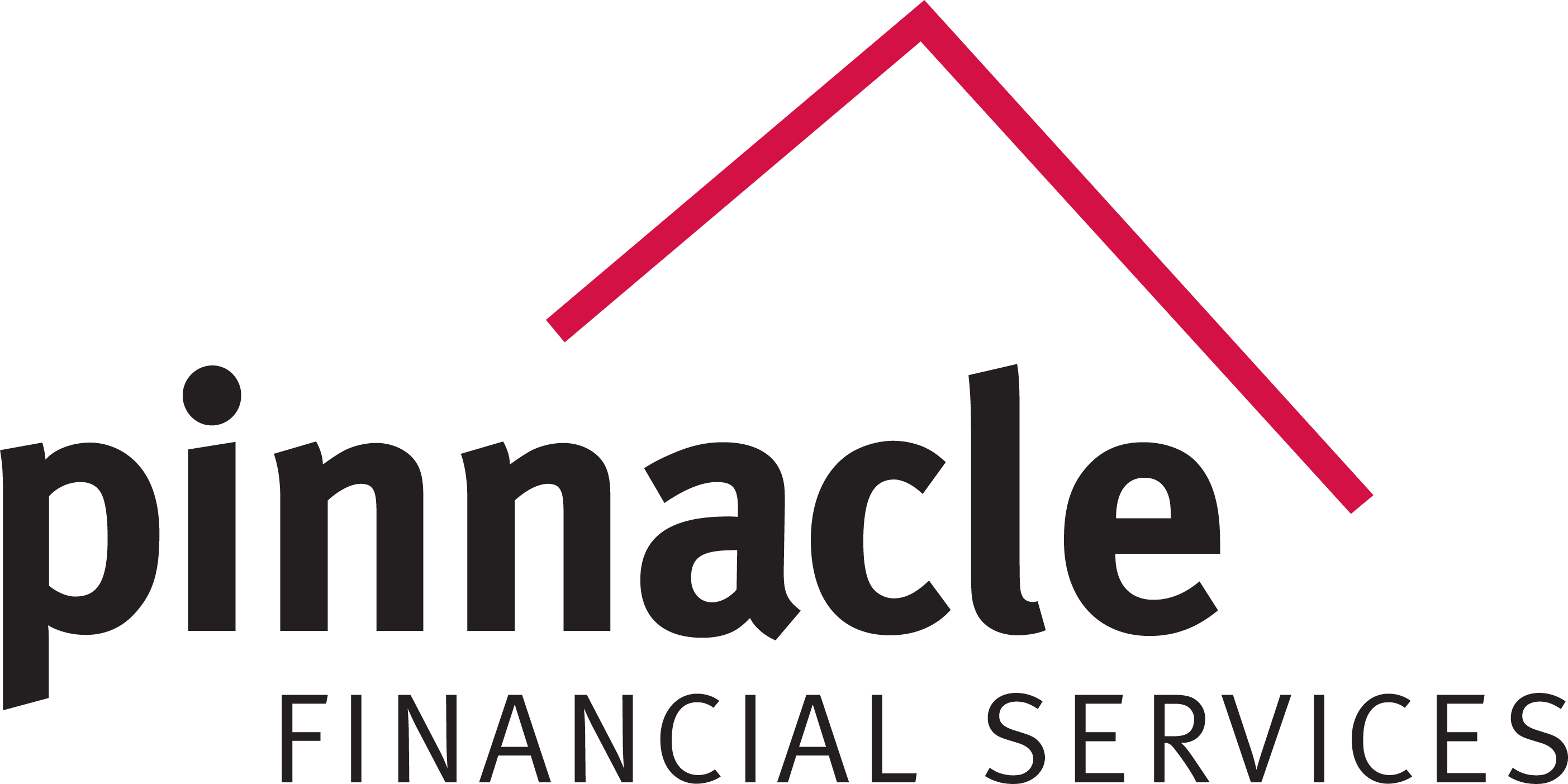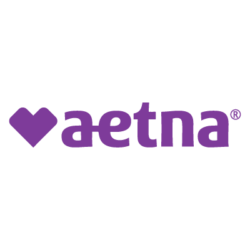
Best Medicare Quoting Software
When it comes to the Best Medicare Quoting Software Pinnacle Financial Services has you covered. We have everything you need for Medicare Advantage, Medicare Supplements, and Medicare Part D plans to make you an expert when dealing with your client’s Medicare needs. Find out in minutes which plan is the best option for your client’s situation.
Medicare Quoting Software from Connect4medicare
Connect4medicare offers the top 2 online enrollments systems that allow you to quote, compare and enroll clients. Pinnacle Financial Services prides itself on offering the best technology for our agent partners to use. We are the only FMO that offers Connecture along with Sunfire and the newly added MyMedicarebot. These systems allow you to quote more detailed information such as looking up drug costs and doctors. Medicare can be confusing and hard enough. Let Pinnacle Financial Services make things I little easier with all the free technology we offer to agents.
Medicare Quoting Software from CSG
CSG Quoting Software is one of the best in the industry. It offers all the products you need to quote such as Medicare Supplements, Medicare Advantage, Prescription Drug Plans, Hospital Indemnity, and more. Pinnacle Financial Services also gives our agent Mobile Quoting apps all for free. At Pinnacle we have all the tools you need to be successful in the Medicare space.
Using Medicare Quoting Software
Agents are using these tools in so many different ways to make selling faster, more accurate, and convenient. Being able to run quotes at sales events, retail events, and on the go. Instead of having multiple carrier sights open to compare numerous plans, you only need one with our systems. They also give a very visually friendly view for clients. Having to choose a plan when you are turning 65 can be very difficult. These tools give agents higher credibility when discussing.
your prospect’s situation. Having a professional system that is easy to use is a must these days with so many different carriers and products. It’s time to act now. Give us a call today to find out more.
Reach a Pinnacle Medicare team member today at 800-772-6881 x-7729 or email healthsales@pfsinsurance.com
1 (800) 772-6881 x7731 | sales@pfsinsurance.com

Director of Sales | Health
Contact a Pinnacle Representative if you have any questions.
1 (800) 772-6881
support@pfsinsurance.com










